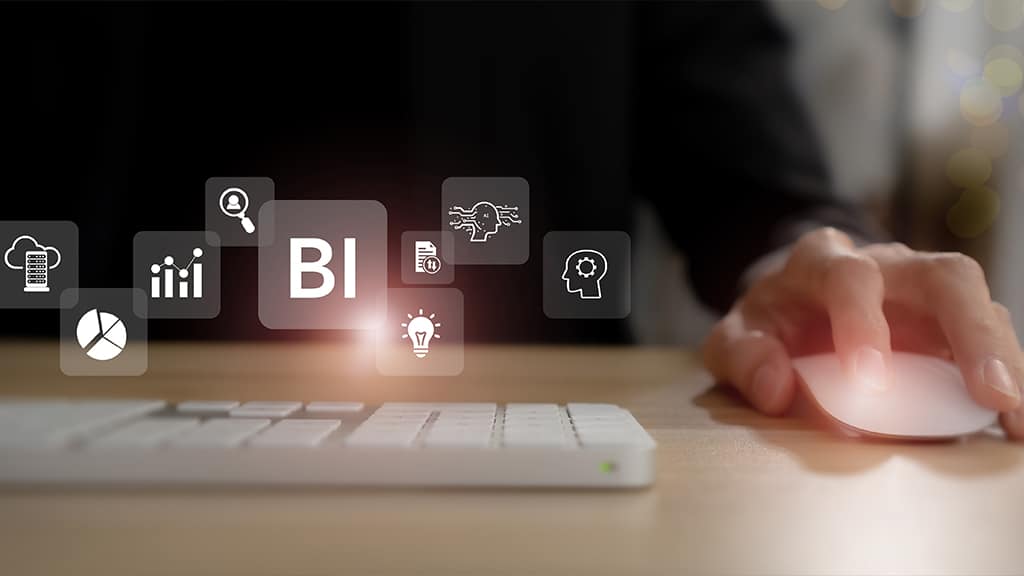All organizations generate data, but not all succeed at extracting its true value. A recent study indicates that many business leaders find their current approach to data analytics ineffective. 77% of these leaders believe that the dashboards and charts they receive do not always align with the decisions they need to make. Additionally, 72% think the available data only benefits data scientists or IT professionals.
72% of business leaders worldwide acknowledge that the sheer volume of data and lack of trust in the data hinders decision making. These findings highlight the pressing need for modern Business Intelligence and Data Analytics (BI) tools that enable business leaders and other employees in an organization to effectively harness data, provide actionable insights, and empower decision-makers.
One thing is certain: not all organizations need to immediately add BI tools into their tech stack. However, even having one effective tool can significantly simplify day-to-day work life, especially when making decisions based on data.
We understand that selecting the right BI tool for effective data storage, analysis, and prediction to enhance your business’s performance can be overwhelming, especially with so many options available. You’ve come to the right place for guidance.
This blog walks you through the basic concepts of data analytics and Business Intelligence (BI), followed by the right criteria for selecting the most suitable analytics and BI tools that align with your organization’s objectives.
Are both analytics and Business Intelligence the same?
When it comes to leveraging data and AI, analytics and Business Intelligence stand out as key approaches. Despite their mutual reliance on data, it is important to recognize that Business Intelligence and data analytics are two distinct concepts. Now, what is BI and analytics?
Business Intelligence (BI) refers to the processes, technologies, and tools used to transform raw data into meaningful insights for strategic decision-making within organizations. BI aims to enable businesses to make informed decisions by providing access to and analysis of relevant data.
On the other hand, data analytics focuses on revealing trends and patterns which in turn generate actionable insights to drive informed decision-making. With data analytics, organizations can refine their strategies, enhance operational efficiency, and adapt swiftly to changing market dynamics.
Here, we’ve highlighted two major differences between data analytics and business intelligence, which set both apart.
1. Distinguishing unstructured data from structured data
Data analytics operates with structured data but often begins with unstructured, real-time data. Data analysts are tasked with organizing and cleansing these data before storing them for future analysis.
Business Intelligence uses structured data to produce dashboards and reports. Structured data includes data stored in warehouses, tabulated databases, and other systems.
2. Utilization of insights versus generation of insights
Data analytics is primarily concerned with transforming and refining raw data into actionable insights, serving various purposes, including business intelligence.
However, the fundamental goal of Business intelligence is to facilitate decision-making by employing actionable insights derived from data analytics.
The importance of BI tools and how they support the modern data architecture
Every organization uses a business intelligence tool for a different purpose, ranging from improving strategy to execution. By consolidating data in a unified environment, these tools enable faster insights extraction and more efficient decision-making. Modern BI tools seamlessly integrate with your organization’s data sources, handling transport, storage, and transformation workflows, including machine learning and AI pipelines.
Prominent BI tools in the industry include Microsoft Power BI, Tableau, Sigma, and Qlik. Choosing the right BI tool is important, as it should not only meet technical requirements but also effectively support your company in achieving its business objectives.
Further readings: Explore how to use Power BI for Business Intelligence












